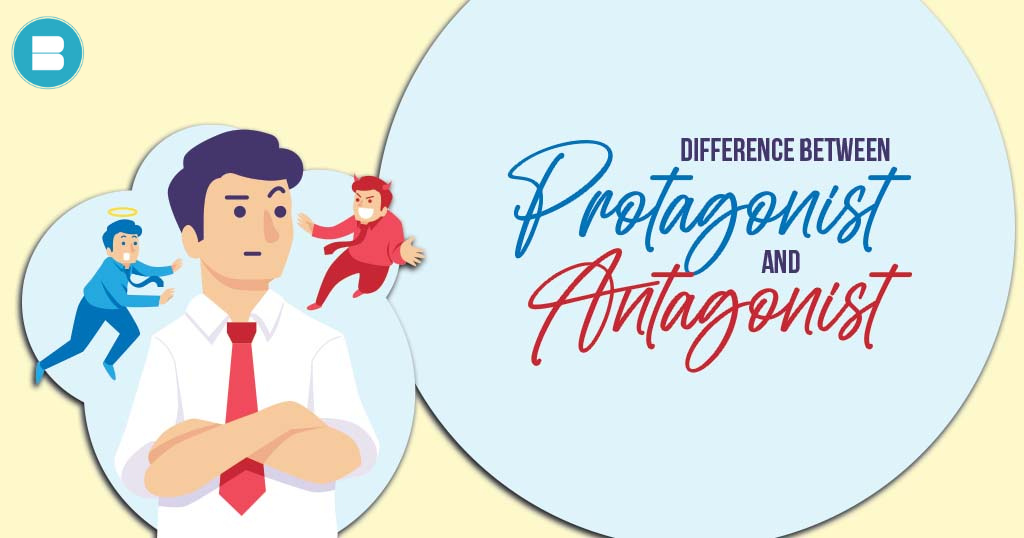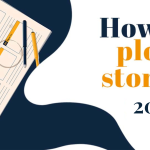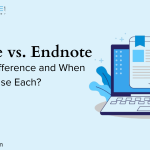Just like a coin, every story has two sides as well. In literature, the sides of the coin could be said to be a hero or a villain also technically called – protagonist and antagonist.
The protagonist is the primary character in a story in literature and storytelling, whereas the antagonist is a figure or force that opposes the protagonist.
The protagonist is frequently the hero or primary character who is attempting to accomplish a goal or conquer a struggle, whereas the antagonist is the figure or force attempting to prevent the protagonist from accomplishing their goal.
Read: Top Ten Tony Ribbons Books That Inspire Success and Change
The relationship between the protagonist and antagonist is an important plot element that contributes to conflict and tension. The protagonist and antagonist may have opposing aims, values, or motivations, and their interactions and conflicts drive the story’s action.
It’s worth noting that the protagonist and antagonist don’t have to be real persons. In certain stories, the protagonist may be fighting an external force, such as a natural disaster or a government regime, or they may be battling an internal battle, such as a personal defect or addiction. Similarly, rather being a physical figure, the antagonist could be an abstract concept or force.
Who is a Protagonist?
“A hero is an ordinary individual who finds the strength to persevere and endure in spite of overwhelming obstacles.” – Christopher Reeve
In a story, the protagonist is the main character. The protagonist is often the hero or main character who is attempting to attain a goal or conquer a hurdle in literature and storytelling. The protagonist is frequently the one who drives the plot’s action and whose experiences and decisions affect it.
The protagonist is frequently portrayed as the “good guy,” or as the character with whom the reader is supposed to identify. This, however, is not always the case. The protagonist in some stories may be complex and imperfect, and the reader may not necessarily identify with or root for them.
There are several well-known and well-regarded literary protagonists who have left an indelible impression on readers and have become iconic figures in literature. Here are a couple such examples:
- Atticus Finch in Harper Lee’s “To Kill a Mockingbird” – Atticus is a lawyer in a tiny Southern town who is assigned to defend a black man accused of raping a white woman. Despite opposition and danger, Atticus advocates for justice and equality. Atticus is noted for his honesty, compassion, and bravery, and he is regarded as one of literature’s most iconic and adored characters.
- Arthur Conan Doyle’s Sherlock Holmes in “The Adventures of Sherlock Holmes” – Sherlock is a clever detective who solves mysteries and murders with his deductive talents and keen mind. He is well-known for his unconventional demeanour and collaboration with Dr. Watson.
- Katniss Everdeen in Suzanne Collins’ “The Hunger Games” – Katniss Everdeen is a young woman who lives in a dystopian world where youngsters are chosen to play in a lethal tournament. She becomes a symbol of resistance and hope for her fellow tributes as well as for her society’s oppressed people.
- Jane Eyre in Charlotte Bronte’s “Jane Eyre” – Jane is an orphan who becomes a governess and falls in love with Mr. Rochester, her employer. Despite numerous trials and barriers, she stays self-sufficient and faithful to herself. Jane is a popular and enduring literary figure noted for her tenacity and determination.
Who is an Antagonist?
“I think the key to playing villains is to make them human. To try to understand them and to find things that are relatable and sympathetic.” – Tom Hiddleston
In a story, an antagonist is a character or entity who opposes the protagonist, or main character. The antagonist is frequently portrayed as the “bad guy” or as the one who attempts to hinder the protagonist from attaining their goal.
It should be noted that the antagonist does not have to be a person.
In some stories, the antagonist is an external force, such as a natural disaster or a government regime, while in others, the antagonist is an internal problem, such as a character defect or addiction. Instead of a specific figure, the antagonist could be an abstract notion or force.
Read: What is Denouement in Literature? Definition and Importance
While antagonists are said to be the ‘bad guys’, a lot of people love these characters as they are closer to reality. So, here are some examples:
- Hannibal Lecter in Thomas Harris’ “The Silence of the Lambs” – Hannibal is a brilliant and brutal serial killer who becomes entangled in a hunt for another serial killer. He is well-known for his menacing and manipulative attitude, as well as his ability to elude detection.
- The Joker in Bob Kane and Bill Finger “The Dark Knight” – The Joker is a deranged criminal mastermind who terrorises Gotham City and competes with Batman in a game of wits. He is well-known for his erratic and violent behaviour, as well as his bizarre sense of humour.
- Lord Voldemort from J.K. Rowling’s “Harry Potter” series – Lord Voldemort is a wicked wizard who desires power and dominion over the wizarding world. He is noted for his ruthlessness and determination to kill the main character, Harry Potter.
- C.S. Lewis’s “The Chronicles of Narnia” White Witch – The White Witch is a strong sorceress who governs with an iron fist over the magical kingdom of Narnia. She is notorious for her harshness and ambition to preserve Narnia in perpetual winter.
Overall, the protagonist and antagonist are distinguished by their roles in the plot and their relationship to the main character. The protagonist is the main character who is attempting to attain a goal, whereas the antagonist is the individual or entity who is attempting to obstruct them.
















